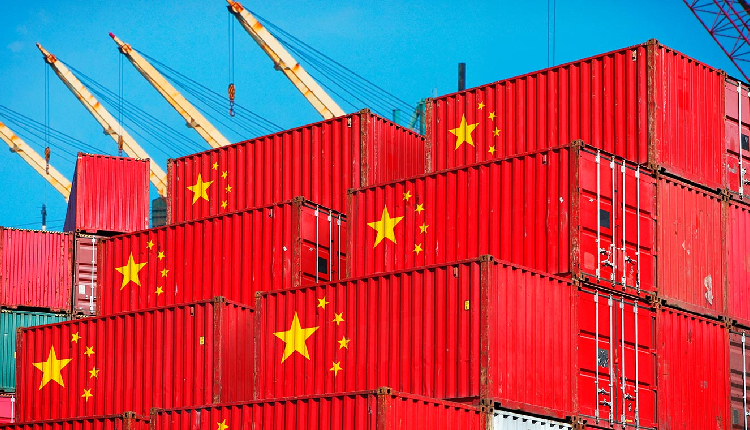China’s foreign trade grew modestly in the first quarter of 2025, buoyed by strong export performance and resilience in key sectors, despite slowing global demand and rising geopolitical tensions, official data showed on Monday.
Total goods trade in yuan-denominated terms rose 1.3 per cent year-on-year to 10.3 trillion yuan ($1.43 trillion), according to the General Administration of Customs (GAC). Exports climbed 6.9 per cent to 6.13 trillion yuan ($850.1 billion), while imports fell 6 per cent to 4.17 trillion yuan.
Despite the weak momentum of global economic growth, intensified trade protectionism and geopolitical tensions, China’s foreign trade has maintained stable growth with progress in high-quality development this year, Wang Lingjun, deputy head of the GAC, told a press conference.
Despite the weak momentum of global economic growth, intensified trade protectionism and geopolitical tensions, China’s foreign trade has maintained stable growth with progress in high-quality development this year, said Wang Lingjun, deputy head of the GAC, at a press conference.
The data reflected continued structural improvements in China’s trade. Exports and imports in the equipment manufacturing sector rose 7.6 per cent in the first quarter, making up nearly half of the country’s total trade, GAC added.
Spokesperson Lyu Daliang noted that exports to over 170 countries and regions grew in the first three months of the year, with particularly strong momentum in high-end, smart, and green manufacturing.
Monthly trade data also signalled a gradual recovery. Imports and exports in March rose 6 per cent year-on-year, rebounding from flat growth in February and a 2.2 per cent decline in January.
Lyu acknowledged external uncertainties but struck an optimistic tone, stating that “the sky won’t fall.” He said China had advanced efforts to diversify trade markets and deepen global supply chain ties, while its large domestic market remained a key stabiliser.
He attributed the drop in imports to weaker international commodity prices and fewer working days in the quarter.
China has pledged to expand high-standard opening-up and increase imports. The country has maintained its position as the world’s second-largest importer for 16 consecutive years, with its share of global imports rising from 7.9 per cent to 10.5 per cent,” Lyu said. He added that the country’s domestic market offered huge potential for future import growth.
A regional breakdown of the first-quarter trade figures showed the Association of Southeast Asian Nations (ASEAN) retained its status as China’s largest trading partner, with bilateral trade rising 7.1 per cent to 1.71 trillion yuan, accounting for 16.6 per cent of total trade.
Trade with the European Union rose 1.4 per cent to 1.3 trillion yuan, while commerce with Belt and Road partner countries climbed 2.2 per cent to 5.26 trillion yuan, representing over half of China’s total trade.
China’s trade with the United States expanded 4 per cent to 1.11 trillion yuan, despite what officials described as ongoing disruptions from Washington’s trade policies.
Wang criticised US “reciprocal tariffs”, calling them a violation of World Trade Organisation (WTO) rules. “Reciprocal tariffs subvert the existing international economic and trade order, put US interests above the common good of the international community, seriously violate the WTO rules, undermine the rules-based multilateral trading system and disrupt the global economic order,” he said.
“There is no winner in a trade war, and protectionism is a dead end,” Wang added, vowing that China would continue working with global partners to oppose US tariff bullying and hegemonism and uphold multilateralism and economic globalisation.
Attribution: Amwal Al Ghad English, Xinhua



